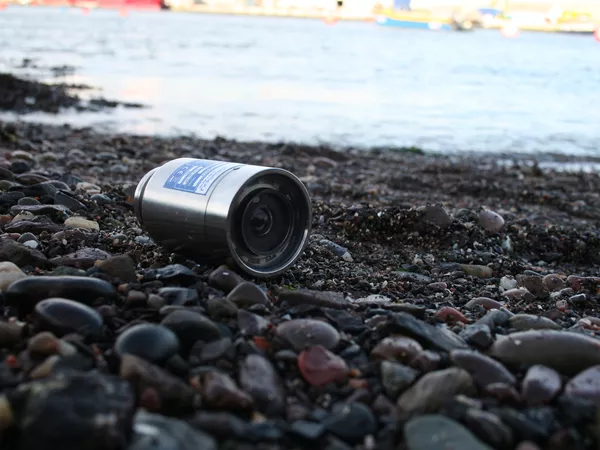Micron Gemini
With greatly improved image quality, a 90 horizontal field of view, and a 50m range, the Micron Gemini offers cost-effective obstacle avoidance and navigation for small ROVs and AUVs.
Details
Introducing the Super SeaSpy underwater video camera: a compact, rugged, and resilient camera with high-resolution, full-color imaging capabilities and built-in low-voltage lighting.
Energy Underwater Vehicles Defence Diving Survey & Hydrographic Marine Science & Aquaculture

Discover the exceptional performance of the Tritech Super SeaSpy underwater video camera. This compact camera delivers high-resolution, full-color imaging, and is equipped with integral low-voltage lighting, ensuring superior visibility in challenging underwater environments.
Engineered to withstand the rigors of underwater inspections, the Super SeaSpy combines ruggedness with compactness without compromising on video quality. Capture stunning color videos with remarkable clarity.
Featuring a ring of white LEDs, the Super SeaSpy provides uniform illumination across the field of view. The LED Engine utilizes Dynamic Light Control (DLC) technology, automatically adjusting the lighting level to optimize video image quality, even in varying work surface conditions. This advanced optimized feature minimizes backscatter caused by suspended particles in the water column, resulting in enhanced picture quality.
Equipped with a water-corrected lens system, the Super SeaSpy further enhances picture quality by reducing radial distortion and chromatic aberration. Enjoy crisp and accurate visuals for your underwater inspections.
Choose the Tritech Super SeaSpy for unrivaled performance, reliability, and exceptional video imaging capabilities, empowering your underwater operations with clarity and precision.
Genesis v1.7.3.76 (MSI 163 MB)
Super SeaSpy – p/n PCAM1Z-S (ZIP 84 KB)
With greatly improved image quality, a 90 horizontal field of view, and a 50m range, the Micron Gemini offers cost-effective obstacle avoidance and navigation for small ROVs and AUVs.
DetailsThe Gemini 1200ik is a powerful addition to the renowned Gemini range of sonar systems. It offers two operational frequencies, allowing users to switch between low and high frequencies depending on their requirements.
DetailsThe Gemini 720ik is a real-time, high-frequency multibeam imaging sonar. Utilising Tritech’s advanced processing electronics, at 1m range the sonar offers a world-class 97Hz update rate to produce high-quality, video-like imagery.
DetailsEnhanced for zero visibility conditions, the Tritech Diver Mounted Display (DMD) system empowers divers with superior navigation capabilities and efficient inspection capabilities.
Details